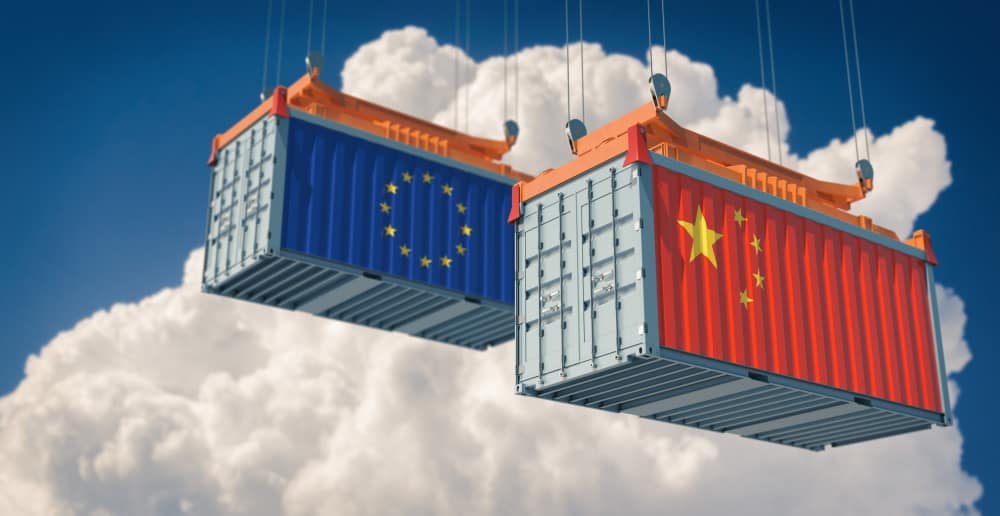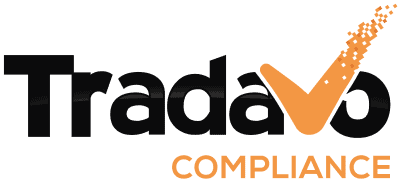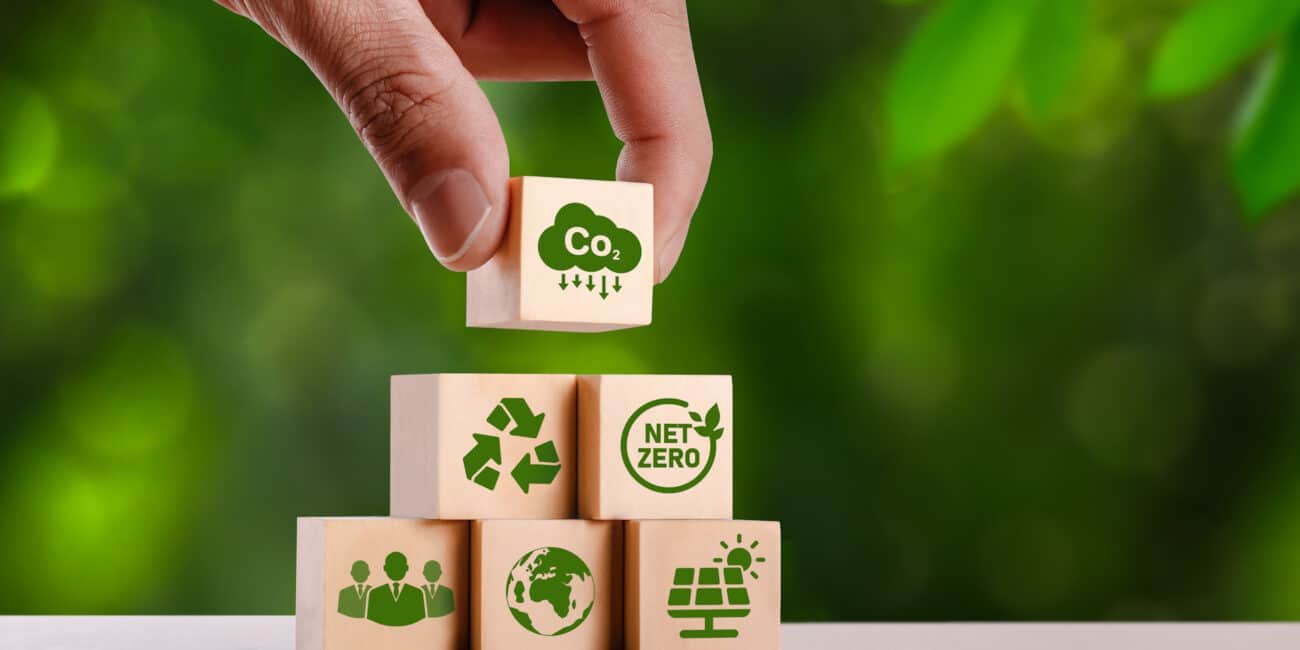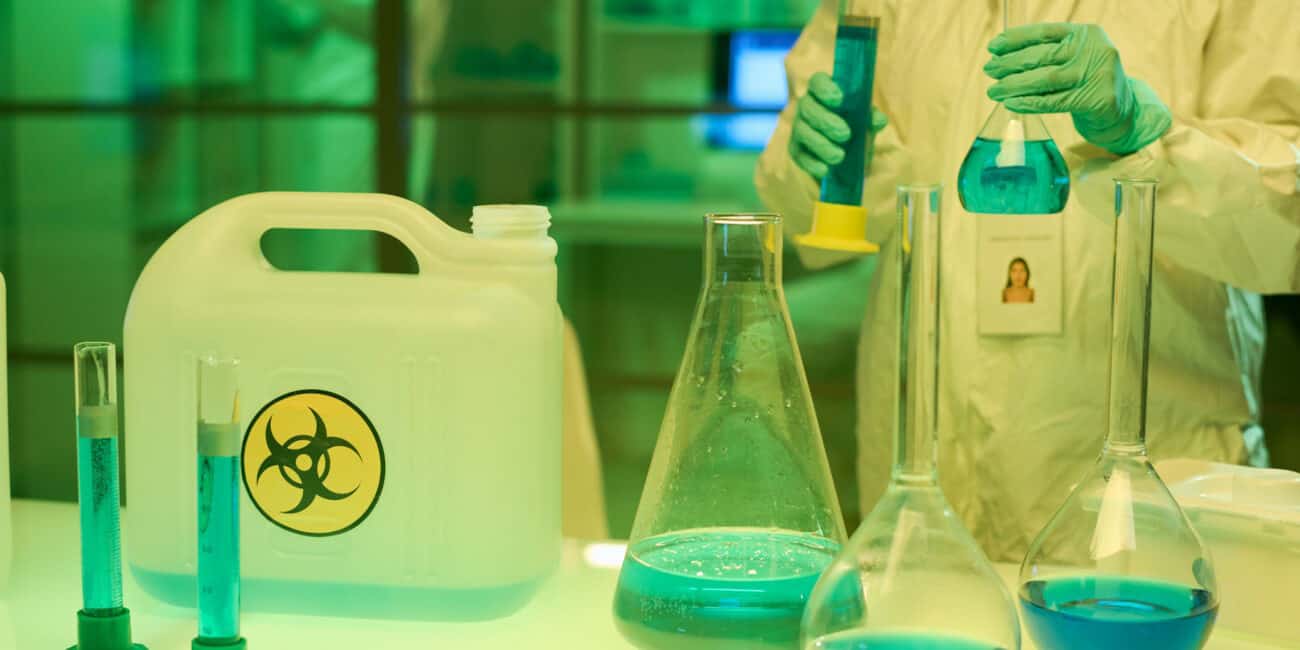How to find the proper manufacturer?
One thing is crucial to be successful as an Amazon seller—the right product. If you already know which product you want to sell, the next step is to find a suitable and trustworthy manufacturer. Quality is subjective, so there are, unfortunately, many manufacturers who do not act and produce according to our European quality standards. In this article, we want to give you some tips to help you find a supplier who also scores in the product compliance area with quality.
Note: This article is not about how to find profitable products in general but about how to check suppliers and products for their quality.
Important quality factors at the manufacturer level
To begin with, we would like to present you with some examples of characteristics that can speak for a qualitative manufacturer and from which you can tell whether various standards are being adhered to:
Factory vs. trading company
A trading company is not directly worse than a factory. Often, communication is more accessible because it is easier to communicate in English. However, direct cooperation with a factory also has advantages since the communication channels are more natural and, therefore, shorter. Also, the prices are usually lower when buying directly from the factory.
Manufacturers from Asia using Alibaba as an example
Many Amazon sellers get their products directly from Alibaba. No wonder the selection there is unimaginably large. But even here, there are black sheep hiding among the reputable sellers. How can you recognize a good supplier?
- Trade Assurance means that, among other things, payment is secured via Alibaba.
- Verified Supplier – these manufacturers are audited by independent third parties to ensure quality standards.
- Number of years on Alibaba
- Response time
- Punctual completion of the goods
- Number of transactions
- Customer satisfaction
It is also advantageous to look for a supplier who has already worked with European customers. Here, the probability is higher that the latter is familiar with European product requirements and standards.
Manufacturer from Europe
A manufacturer based in Europe does not mean that the materials do not still come from Asia. However, in this case, you have a relative risk if you buy directly from an Asian supplier because you cannot know whether the European supplier has sufficiently checked the documents of the Asian supplier. Therefore, obtaining a REACH declaration from a European manufacturer can be helpful. Of course, this does not exempt you from the manufacturer’s obligations, but it is a good start.

Green flags in manufacturer communication
You can already determine the seriousness of the supplier based on the communication with the supplier, or you’re a sourcing agent. You can recognize this above all by the following things:
- Questions are answered concretely; there is no beating around the bush or even ignored.
- Response times are short and consistent
- How are change requests handled?
- Is the manufacturer at all interested in working with small sellers?
Quality factors at the product level
Checking product quality
On the product level, it is always best to test the quality of the products yourself. Based on the samples, you can recognize and check several things: Does the product or parts smell unpleasant or strongly chemical? What about product safety – does the product spark, is it sturdily manufactured, is it firmly screwed together? Alarm bells should ring for products that are supposed to withstand a certain weight if they seem flimsy and fragile. With children’s toys, a close inspection is essential – are there any protruding corners or edges that could pose a risk of injury? Furthermore, ensure that the specified materials were used or, for example, that high-quality silicone was substituted for low-quality plastic. You can quickly test whether, for example, 430 or 304 stainless steel was used with a magnet. However, even the magnet test is not infallible.
Seals and certificates
It is crucial to ensure that seals and certificates such as GOTS, Oekotex, and FSC apply to the product. In most cases, the entire supply chain must be certified. Certification of the factory that provides the raw material is not sufficient. You can find more information about seals and certificates and their guidelines in the text above.
Test reports
Knowing if test reports are available for the desired product is imperative. The general rule here is – the more, the better. Even testing can quickly become very expensive. Much fraud happens with test reports, so you should pay attention to the following characteristics:
- Digital signature of the report
- Were striking or unusual fonts used?
- Are the test reports complete?
- Up-to-dated the standards
- Validity or age of the test report
You also must ensure that the product you want to import has been tested precisely. All parts and colors must match the data in the test report! A test report for the raw material is not sufficient.
It is also vital that the test report is relevant and valid for the market where you want to sell your product. An excellent example of this is the FDA standard; this is only valid in the USA, not Europe.
If you want to change something in the product, you have to keep in mind that test reports of the supplier might not be valid anymore. This is especially true for changes in colors, technical specifications, and materials.
In this article, you can find many tips and indicators which you can use to distinguish serious from dubious manufacturers. If this topic still gives you a stomach ache, feel free to contact us for a free initial consultation. We at Tradavo have years of experience in the field of e-commerce and are happy to support you on the way from the idea to a successful EU-compliant, top-selling product.
You need assistance?
Who wrote this article?
As an author, Christina fills the blog section of our website with exciting and informative articles, so that our readers can always take care of product compliance in their company in the most well-informed way.




